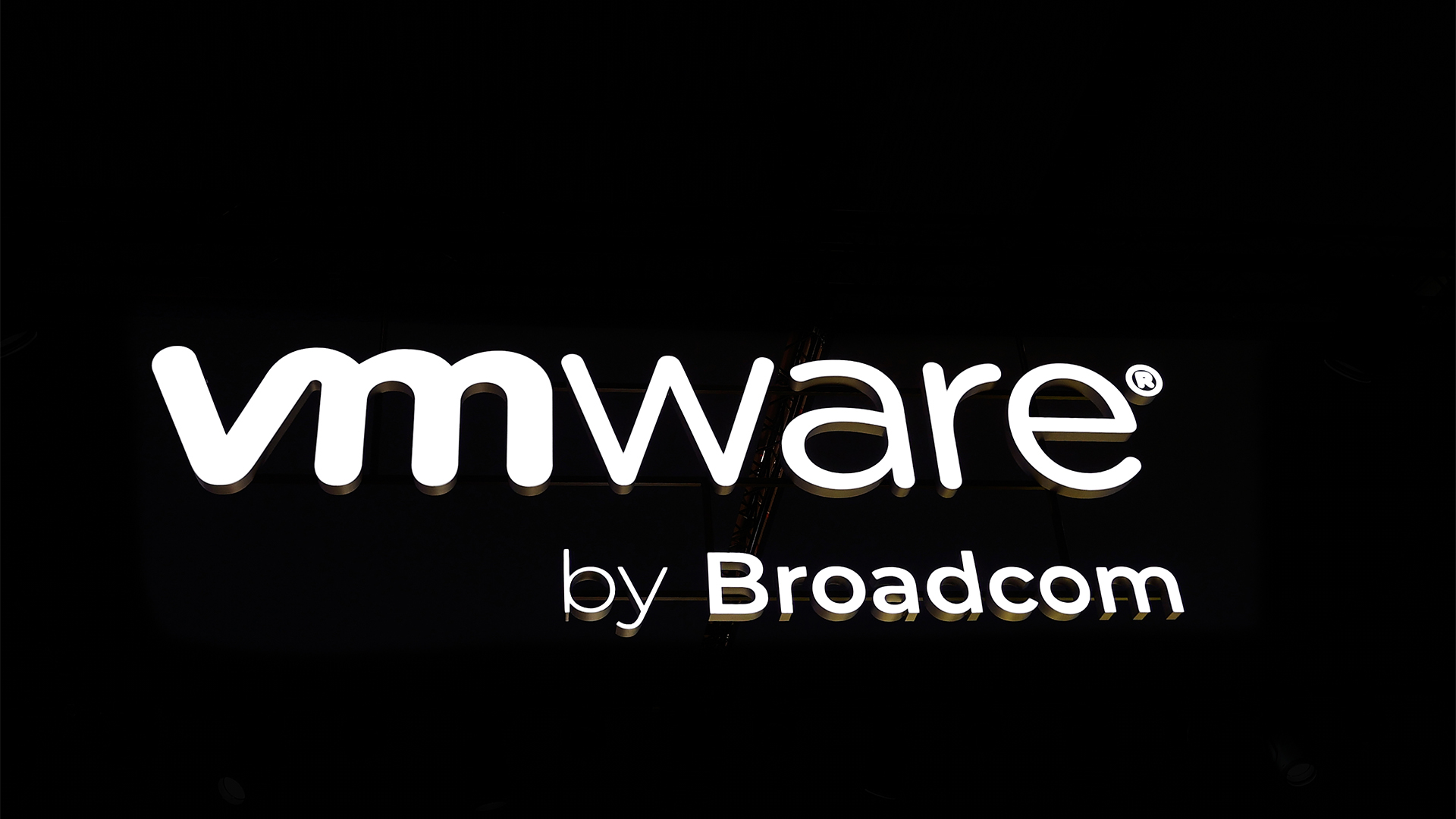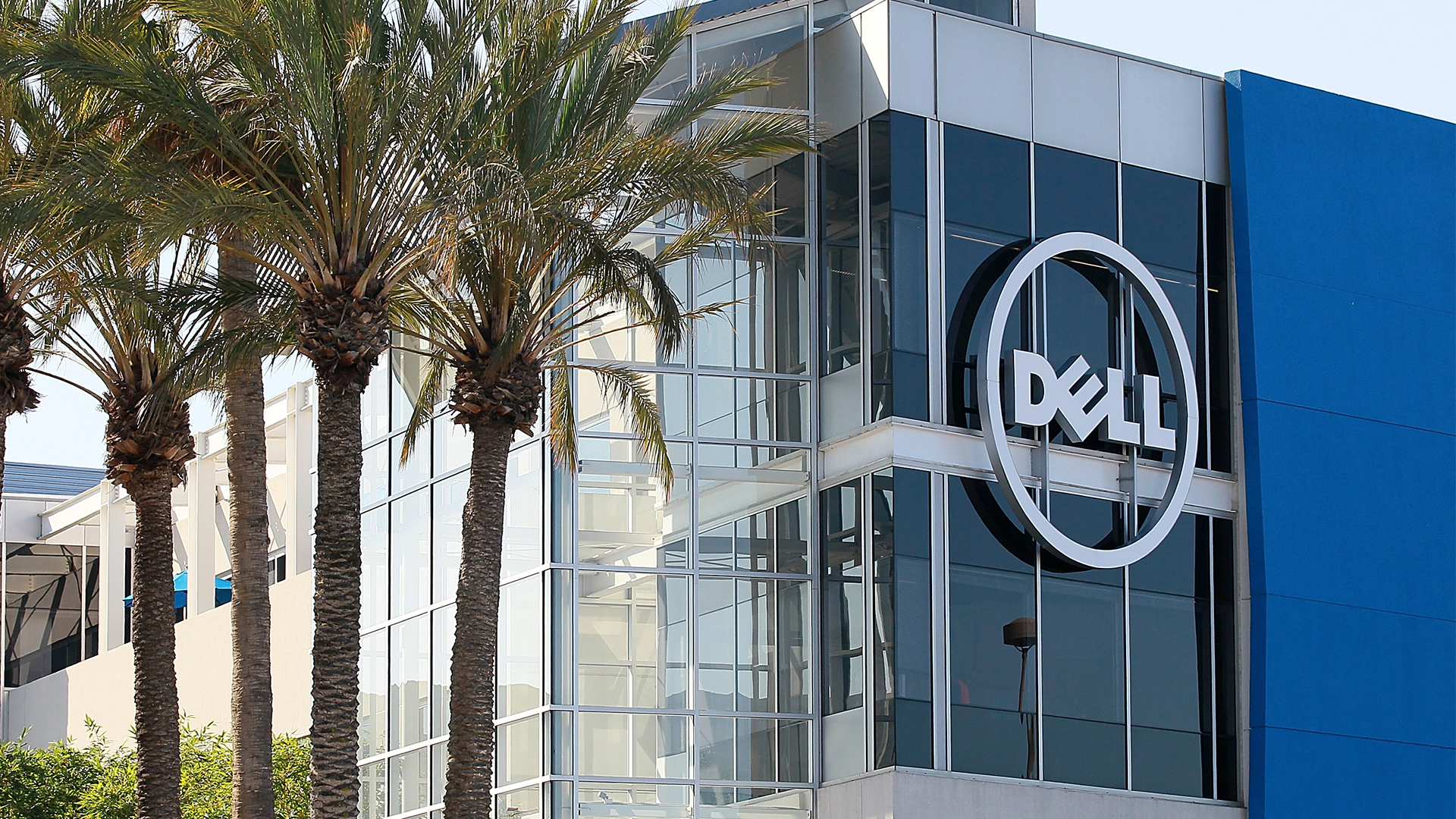Dell: Widespread software defined networks "3-to-5" years away
Other trends more pressing, but software defined networking will win the day


Hardware giant Dell has watered down some of the industry hype surrounding software defined networking (SDN), claiming the technology will take longer than some think to take-off.
Speaking to IT Pro, Paul Larson, Dell's head of enterprise marketing for Western Europe, said SDN is inspiring a lot of 'buzz' within the networking professionals community at the moment, but not a lot of action.
"When it comes to SDN, there is a lot of talk, but not so much implementation. This is because customers are seeing it as a longer term solution; they are telling us they really want to have a totally software defined network in three to five years, not immediately," he said.
"So while it is not something we will see an immediate uptake in, it will definitely be more important further down the road."
SDN involves taking much of what Larson describes as the "intelligence" in switches out and putting it either in a server or hypervisor.
"The birth of it is from a lot of university researchers trying to find ways to make a network less expensive and easier to manage. If you have a network switch in front of you, it has a lot of intelligence inside it its own processors, its own memory, and so on which makes them pretty expensive," he explained.
"The premise with SDN is that you can now acquire switches at a lower cost as they have lower intelligence and, as you have all the intelligence on a single server or hypervisor, you can now more easily manage it from a single location. This in turn makes overall management of the network much easier," he added.
Sign up today and you will receive a free copy of our Future Focus 2025 report - the leading guidance on AI, cybersecurity and other IT challenges as per 700+ senior executives
However, while SDN is generating the most excitement, Larson said it's not the technology that will receive the greatest uptake in the short to medium term.
"The most immediate trend is converged infrastructure, which collapses hardware, bringing multiple IT layers into one solution," said Larson. "Converged infrastructure lowers operational costs, which is attractive to customers as that is the thing they are most worried about today."
Second to converged infrastructure is converged fabric, Larson claimed, which allows servers housed in the same chassis to talk to each other using Ethernet technology, without having to go through a switch.
"This is definitely something that is happening right now, but there is more of a project-by-project approach being taken, so it is quite slow," he concluded.

Jane McCallion is Managing Editor of ITPro and ChannelPro, specializing in data centers, enterprise IT infrastructure, and cybersecurity. Before becoming Managing Editor, she held the role of Deputy Editor and, prior to that, Features Editor, managing a pool of freelance and internal writers, while continuing to specialize in enterprise IT infrastructure, and business strategy.
Prior to joining ITPro, Jane was a freelance business journalist writing as both Jane McCallion and Jane Bordenave for titles such as European CEO, World Finance, and Business Excellence Magazine.
-
 Trump's AI executive order could leave US in a 'regulatory vacuum'
Trump's AI executive order could leave US in a 'regulatory vacuum'News Citing a "patchwork of 50 different regulatory regimes" and "ideological bias", President Trump wants rules to be set at a federal level
-
 TPUs: Google's home advantage
TPUs: Google's home advantageITPro Podcast How does TPU v7 stack up against Nvidia's latest chips – and can Google scale AI using only its own supply?
-
 Computacenter enters the fray against Broadcom in Tesco's VMware lawsuit
Computacenter enters the fray against Broadcom in Tesco's VMware lawsuitNews The IT reseller has added its own claim against Broadcom in VMware case brought by Tesco
-
 Who is John Roese?
Who is John Roese?Dell's CTO and Chief AI Officer John Roese brings pragmatism to AI
-
 Meta layoffs hit staff at WhatsApp, Instagram, and Reality Labs divisions
Meta layoffs hit staff at WhatsApp, Instagram, and Reality Labs divisionsNews The 'year of efficiency' for Mark Zuckerberg continues as Meta layoffs affect staff in key business units
-
 Business execs just said the quiet part out loud on RTO mandates — A quarter admit forcing staff back into the office was meant to make them quit
Business execs just said the quiet part out loud on RTO mandates — A quarter admit forcing staff back into the office was meant to make them quitNews Companies know staff don't want to go back to the office, and that may be part of their plan with RTO mandates
-
 Amazon workers aren’t happy with the company’s controversial RTO scheme – and they’re making their voices heard
Amazon workers aren’t happy with the company’s controversial RTO scheme – and they’re making their voices heardNews An internal staff survey at Amazon shows many workers are unhappy about the prospect of a full return to the office
-
 Predicts 2024: Sustainability reshapes IT sourcing and procurement
Predicts 2024: Sustainability reshapes IT sourcing and procurementwhitepaper Take the following actions to realize environmental sustainability
-
 Advance sustainability and energy efficiency in the era of GenAI
Advance sustainability and energy efficiency in the era of GenAIwhitepaper Take a future-ready approach with Dell Technologies and Intel
-
 Tech execs pushed for a return to the office – now they’re backtracking amid a workforce revolt, with only 3% of firms asking staff to return full-time
Tech execs pushed for a return to the office – now they’re backtracking amid a workforce revolt, with only 3% of firms asking staff to return full-timeNews Return to office mandates have failed miserably, and many businesses appear to be admitting defeat